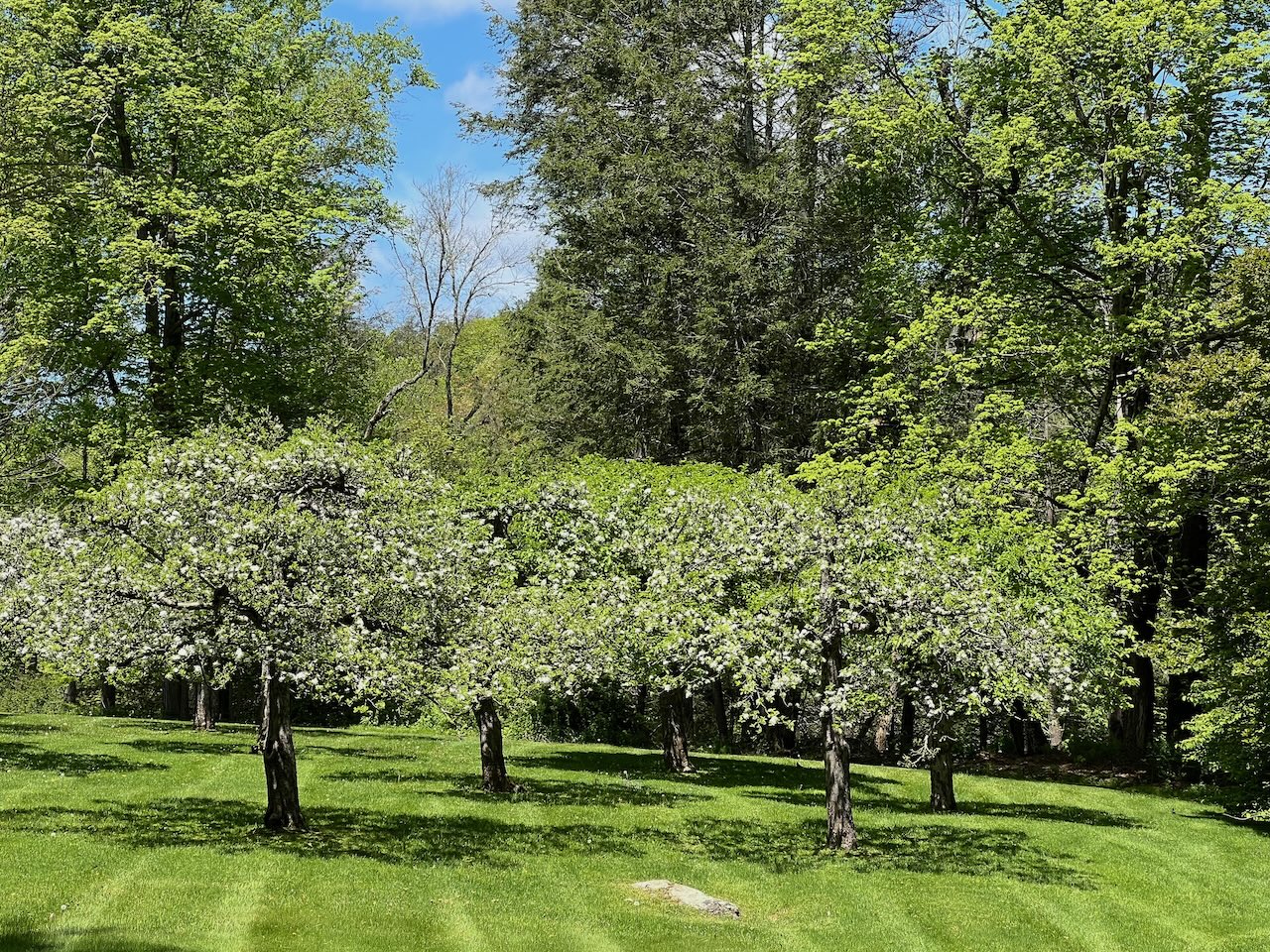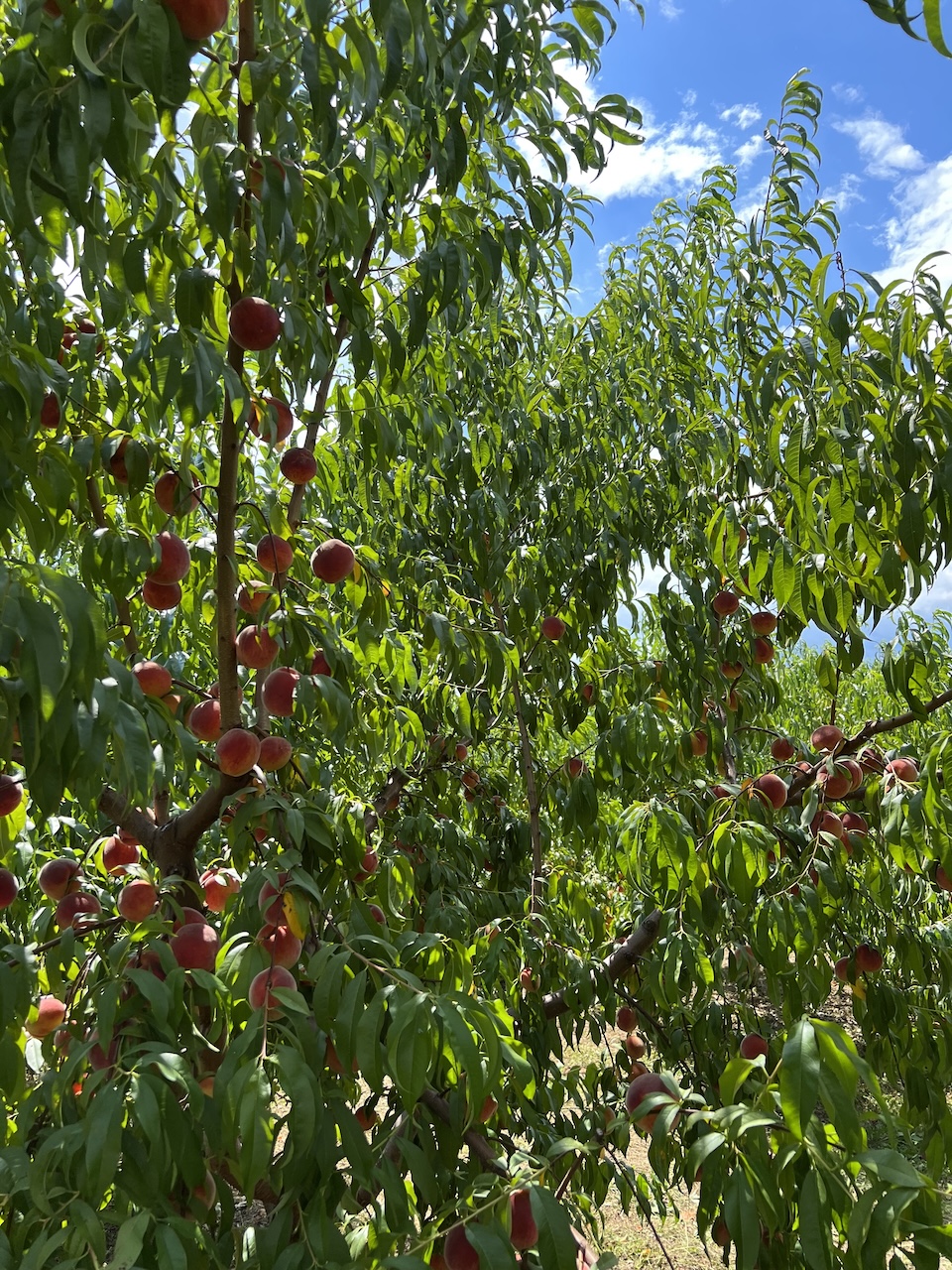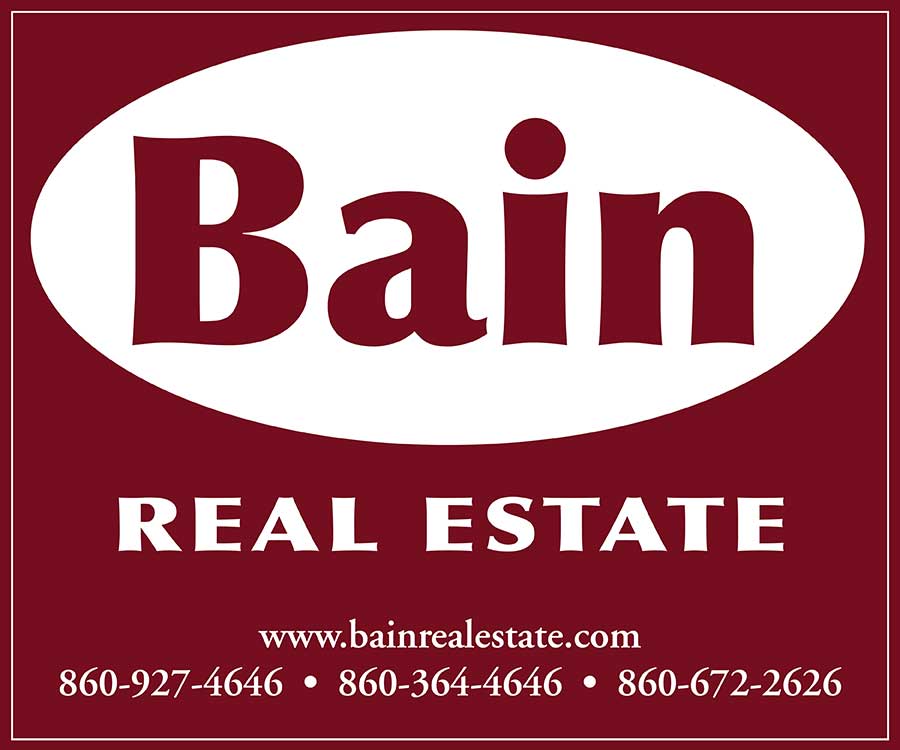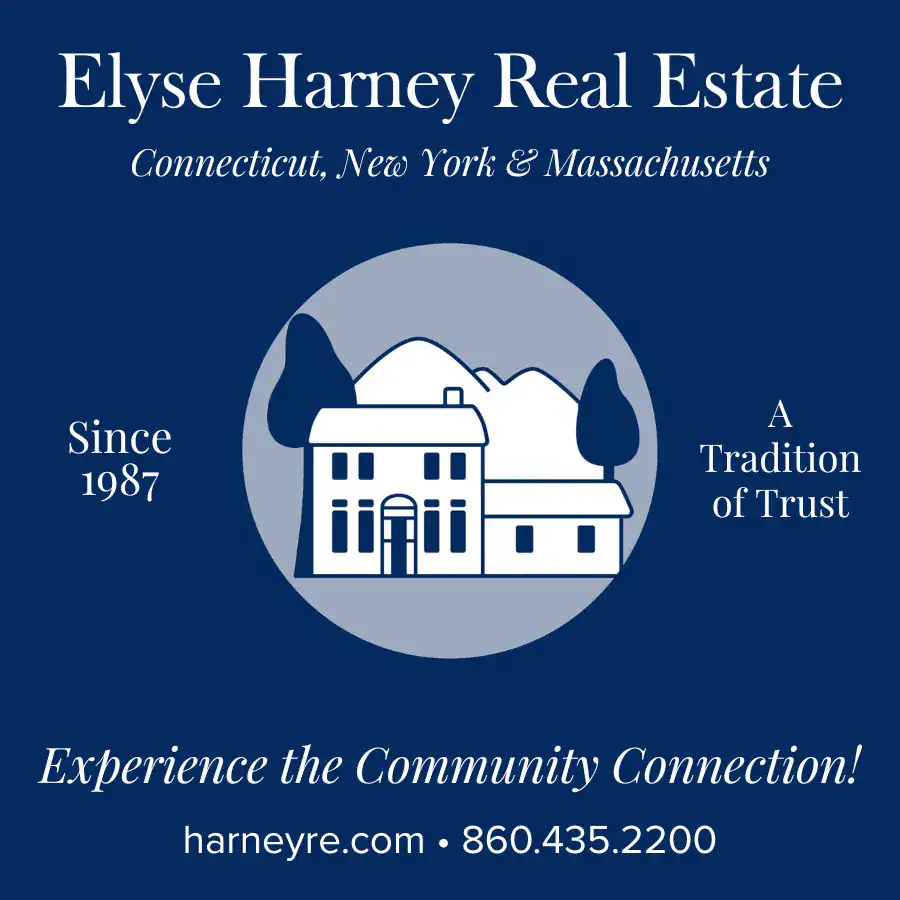Real Estate

Pick Your Own Real Estate: Orchards & Agrotourism
The Hudson Valley is orchard land. Ulster County on the west side of the Hudson River is the second largest apple producer in New York and the second biggest apple-growing state in the United States, which is the second biggest producer of apples after China. The Hudson Valley, according to Elizabeth Ryan, owner of Breezy Hill Orchard, offers perfect soil, rolling hills with good drainage, and most importantly, proximity to the Hudson River, which is large enough to moderate temperatures, and to metro New York City consumers. Apples were brought to Europe by travelers on the Silk Road in the first millennium and arrived in Massachusetts with the pilgrims. They spread to New Amsterdam with Peter Stuyvesant in 1647 and then north to the Dutch settlements along the Hudson River.
Every summer, especially the COVID summer of 2020, people, especially families with young children from urban environments, drive to orchards in the country to pick cherries, then pears and apples. “Pick your own,” or “U-pick,” first began in the 1930s as an economic necessity because produce prices were so low that it didn’t pay for farmers to have fruit picked, so they left it to rot on the trees. This changed when cherry growers in Wisconsin came up with the idea of charging pennies per pound if customers picked the fruit themselves. Today the PYO industry has grown to over a billion dollars in sales nationally. The farmer doesn’t have to find and pay laborers to pick the fruit; packers to wash, sort, and box it up; or distributors to get it to the grocery store. The best part for the farmer is getting paid immediately, often in cash. At the same time customers enjoy an outing and get tree-ripened, often organic, fruit for a reasonable price. 
The drawback of this income stream for the orchard owner is that consumers don’t understand the basics of picking fruit, like twisting an apple rather than yanking it, and they often discard fruit on the ground, damaging trees. Then there’s the cost of extra liability insurance to protect a farmer against children falling out of trees or seniors slipping on apples underfoot. Customers are also going to be looking for bathrooms and picnic tables and trash cans – at a minimum. Rainy, cold weekends might eliminate a lot of potential sales – fruit can’t wait until a sunny Saturday before it is picked. Bad weather, any farmer’s biggest risk, can wipe out an entire crop, as it did last year when Rose Hill Farm in Red Hook lost 95% of its cherry crop.
PYO’s are a retail business
A PYO operation can consist of just a sign by the road, an orchard, and a table with a person and a cash box, or it can become an agri-entertainment venture and produce substantial revenues. For a profitable PYO, the basic real estate requirements are shade, ample parking, weed-free fields, and a variety of produce from cherries to peaches, pears, and plums – not just apples – to be able to extend the picking season as long as possible.
An old farmhouse and barns in a scenic, visible rural setting and easy accessibility from the highway add to the appeal. Instagram, Facebook, and a website are marketing necessities.
Successful PYO’s also sell their own farm-produced products from cider to jam and create other activities on the site including sledding in the winter, hayrides, animal petting, bonfires, hot dogs, restaurants, and even bars. Rose Hill in Red Hook has started making its own branded hard cider. Breezy Hill has delicious apple pies, which they also sell at farmers markets.
It’s a competitive business. Ulster County hosts 19 PYO operations of all kinds from vegetables to flowers to apples. Dutchess County Tourism lists nine others, and Columbia County has twelve.
How much does an orchard cost?
More than 150 orchards were sold in all of New York State over the last ten years. More than a third of those were in Wayne County on Lake Ontario with an average price of $4,000 an acre, while the 40 orchards sold in Ulster County went for $13,000 per acre on average, reflecting their proximity to New York City, future development potential, and thriving associated PYO businesses.
Many mid-Hudson orchards have been owned by the same family for generations, but there are still fruit orchards for sale. In 2015 what is known as Rose Hill Orchard was purchased for $1,150,000. The property included 121 acres of peach, cherry, and apple trees and a Victorian farmhouse. This land was originally purchased by Peter Fraleigh in 1792 and has been cared for by six generations of the Fraleigh family. By the 1990s, Dave and Karen Fraleigh began the transition from a wholesale commercial orchard to a pick-your-own venture. Since taking over, the new owners Holly and Bruce Brittain, have expanded the PYO strategy further by making their own cider; adding food trucks, special events, and music; while at the same time embracing sustainable, responsible farming practices.
Other orchards are for sale now, including Taconic Orchards at 591 State Route 82 in Columbia County, which is listed at $1,150,000 and includes 17 acres of apple, peach, and cherry trees; a farmhouse; and barns. Whether wholesale, retail, or personal, orchards preserve our landscape and traditions and connect people to farmers and neighbors. The profitability of U-pick operations helps sustain our local farms and food systems.
Christine Bates is a registered real-estate agent in New York and Connecticut with William Pitt Sotheby’s. She has written about real estate and business since Main Street Magazine’s first issue in 2013.





